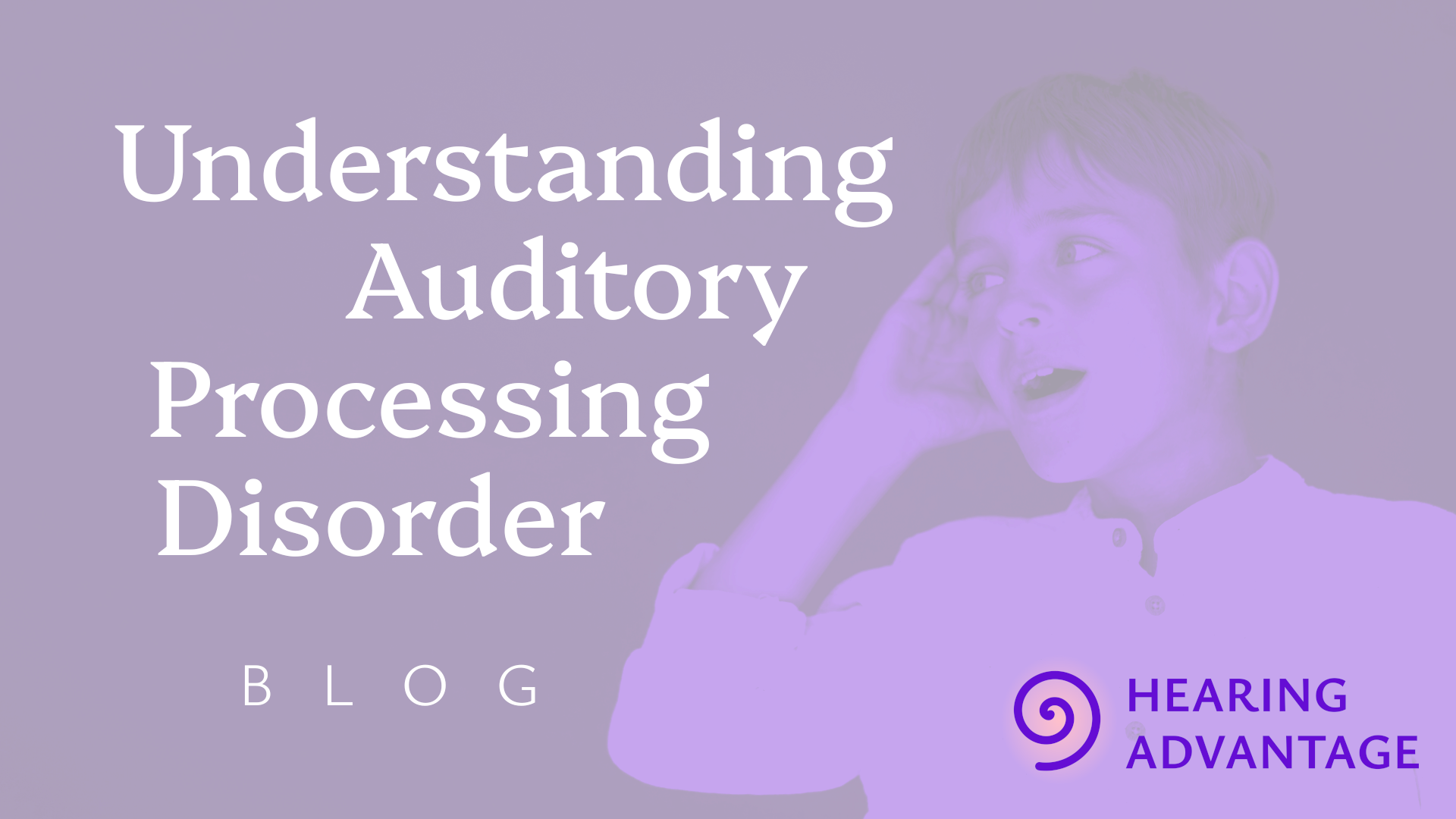Have you ever been in a crowded room and found it hard to hear someone speaking right next to you? For some people, this feeling goes beyond just being in a busy place. They have a condition called Auditory Processing Disorder, or APD. Specifically, we’ll look at one type of APD: difficulties with auditory discrimination.
What is Auditory Discrimination?
Auditory discrimination is the ability to hear differences in sounds. For example, can you tell the difference between the words “bat” and “pat”? People with difficulties in this area may mix up words that sound similar or struggle to identify sounds in noisy environments. This can make understanding conversations challenging, especially if there are background noises like music or chatter.
How is Auditory Discrimination Measured?
To diagnose someone with difficulties in auditory discrimination, specialists usually conduct a series of tests. These tests might include listening tasks where the person has to identify or repeat sounds or words in different settings. An audiologist, a type of doctor who specializes in hearing, usually performs these assessments to determine if someone has APD.
What’s Involved in Treatment?
If someone is diagnosed with auditory discrimination difficulties, the good news is that there are ways to help. Treatment plans often involve a combination of therapies and strategies:
1. Auditory Training: This is one of the most common methods. It includes specific exercises designed to improve listening skills. Individuals may listen to sounds and practice identifying different tones or words. This helps the brain learn to recognize differences more effectively.
2. Environmental Modifications: People with APD often benefit from a quieter environment. This might mean sitting away from noisy areas when having a conversation. It can also involve using tools like FM systems, which are devices that help amplify the speaker’s voice over background noise.
3. Speech and Language Therapy: Sometimes, working with a speech therapist can help improve communication skills. They can provide strategies and exercises for better listening and speaking.
4. Educational Support: For children, schools can offer extra help. Teachers might provide instructions in ways that make it easier for the student to understand, such as using visual aids or breaking information into smaller steps.
Final Thoughts
Living with auditory discrimination difficulties can be frustrating, but with the right support and strategies, individuals can improve their listening skills. If you or someone you know is struggling to process sounds, seeking help from a healthcare professional is an essential first step. Remember, understanding and support are key to overcoming challenges related to auditory processing.

